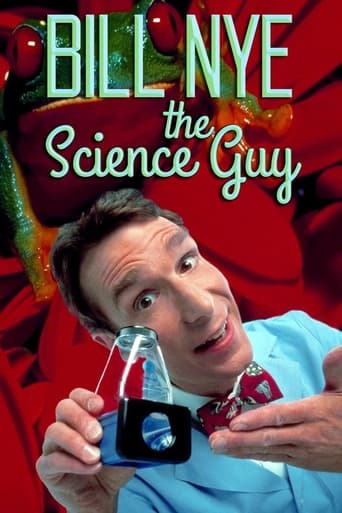
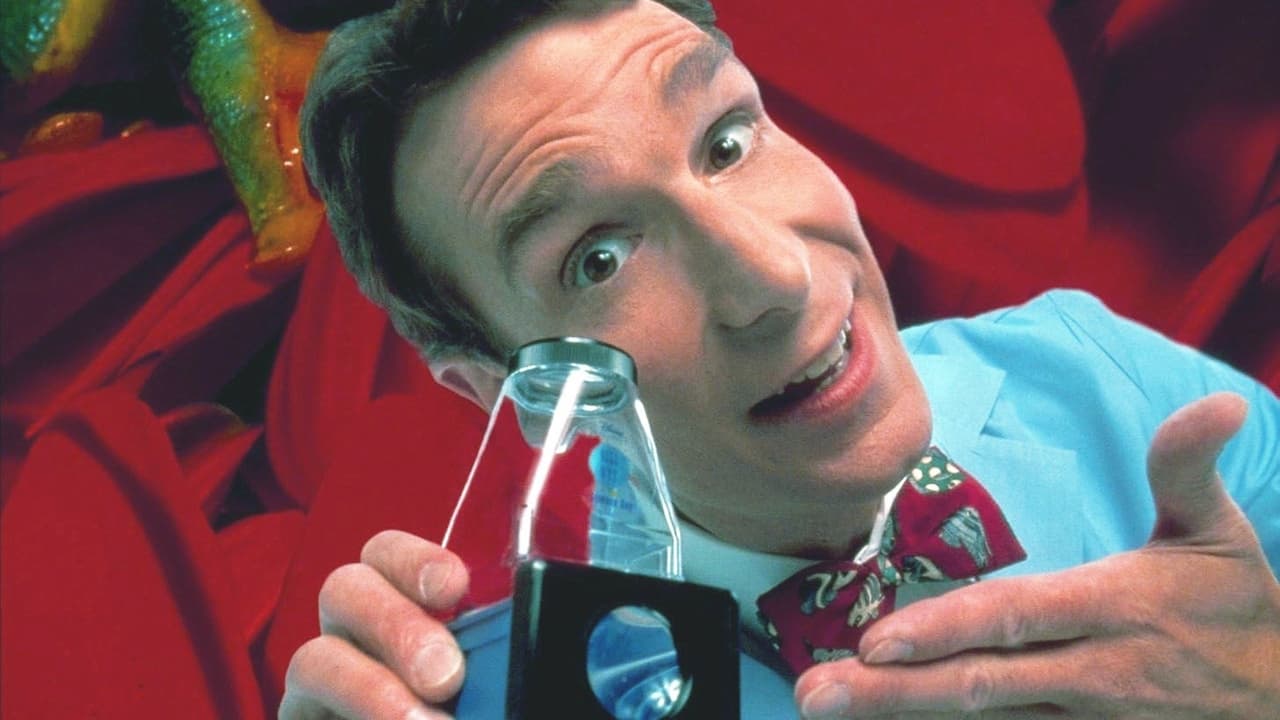
It's "Mr. Wizard" for a different decade. Bill Nye is the Science Guy, a host who's hooked on experimenting and explaining. Picking one topic per show (like the human heart or electricity), Nye gets creative with teaching kids and adults alike the nuances of science.
 AD
AD
All Prime Video
Cancel anytime

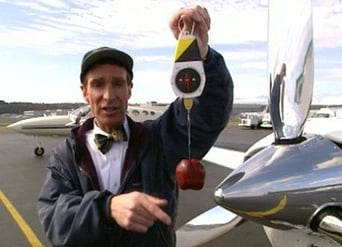
Things can appear to be moving, when they really aren’t. Sometimes an object might seem to be at rest, even when it is in motion. It’s all relative. Relative motion, that is. How things appear to move depends on how you, or any observer, happens to be moving. So, if you’re on a bus looking out a window into another bus, and your bus begins to back up slowly, you may think the other bus is moving forward, when really it’s not moving at all. That’s motion in motion. It happens all around us all the time.

Music is the art and science of expressing ideas and feelings through sound. A sad song can say more about how someone feels than most words, and a familiar song can make crowds clap together and feel like one happy family. Whatever the emotion, music seems to have a way to communicate it. The music we listen to today is the result of years of experimentation with sounds. As people figured out what they liked best, they invented instruments that could play their favorite tones and developed popular rhythms, or patterns of beats. Each note of music, and every tone of each instrument is a sound wave. Some sound waves sound great together. Some not so good. Getting the exact soundwaves in the pattern you want – now that’s science.
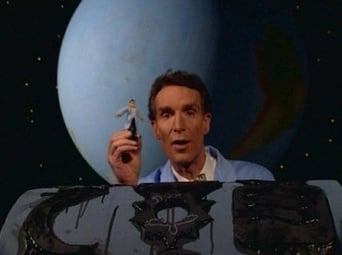
Every time you look at something, hear something, touch something, smell something, or taste something, your brain collects a little information about the world around you. You may even have a scrapbook to store memories of some of that information. There’s a lot out there though. How do people sort out the valuable information from the not-so-valuable?
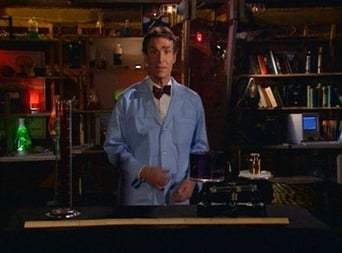
Did you know that the Concorde moves 300,000 times faster than a land snail? Or that a giant redwood can be as tall as a 35-story apartment building? The only reason we can make these comparisons is because people have measured these things. We don’t compare jets and snails every day, but we do rely on measurement constantly. When you take your temperature, you find out how it compares to the temperature of someone who is healthy. When you bake brownies, you’ll need to measure the ingredients first to make sure they turn out tasty. Using measurement, we can make useful comparisons of distance, time, mass, and temperature.
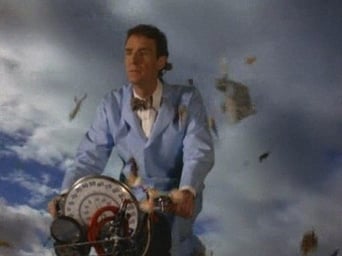
Storms are big, loud, and often accompanied by rain, snow, sleet, or hail. Where do these wild, dangerous, and necessary tornadoes, hurricanes, and thunderstorms come from? Storms happen when huge different air masses collide. Along the border of these air masses, water vapor condenses into clouds, strong winds form, and the clouds rub against each other with the ground often becoming electrically charged waiting to send lightning bolts across the sky. What starts out as a placid summer day turns into two air masses boxing it out 10,000 meters up.
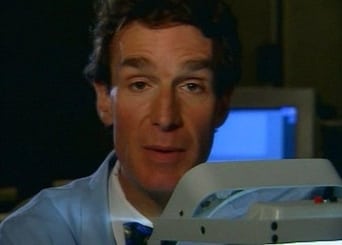
Outer space is full of stuff. We’re not just talking about planets and moons. There are some bits and pieces, too small to be noticed most of the time that float around and occasionally run into all those planets and moons. Comets and meteors are the big bits of dirt, rock and ice that inhabit our Universe. More than just high-speed space chunks, comets and meteors carry important information about the history of our Universe.
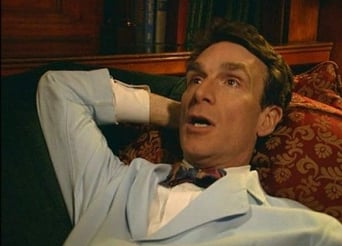
Dirt, sand, and rock from the Earth’s surface gets blown, sliced, torn, swallowed and distributed all over the world. What was yesterday’s hill is tomorrow’s flat plain. The planet looks a lot different than it did when it formed four and a half billion years ago. The force of erosion, the slow wearing away of the land, has never ceased.
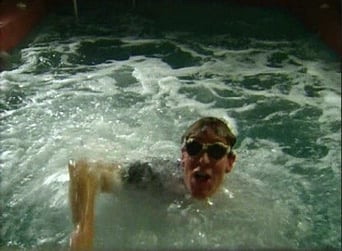
Fluids are cool; they ooze and swoosh. Whatever container you put a fluid in, that fluid will take the same shape. Milk poured into a pitcher forms to the shape of the pitcher. If you pour it into a glass, it takes the shape of the glass. You just can’t do that with a boulder. But with the right container, you could pour liquid rock from below the Earth’s crust. Fluids still act like fluids, even halfway to the center of the Earth.
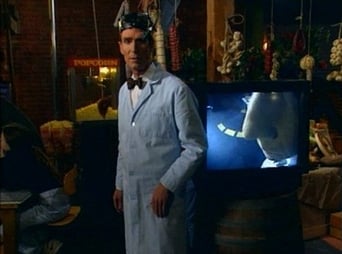
Caves come in all different shapes and sizes depending on how they were formed. Spelunkers (people who explore caves) have plenty of descriptive names for caves and the natural rocky features that form within them – soda straws, fried eggs, popcorn and draperies are just a few. Caves can be as simple as one straight passage with a few stalactites overhead, or as complex as a labyrinth, with many stalagmite-carpeted rooms.

How do noses work? Objects give off tiny amounts of tiny molecules into the air. When just a few of these molecules get up your nose, they dissolve in the mucus up there. Some molecules come into contact with special receptors on what’s called your “olfactory membranes.” Each nostril has a membrane, and each membrane is only about the size of a postage stamp. The membranes hold millions of receptor cells, each of which are ready to send messages to the brain about the molecules that go up your nose.

What do you get when you have a big hole in the ground and some water? Lakes and ponds. All lakes and ponds have one thing in common – they happen when a basin, or hole, forms, and then fills with water. A glacier may grind a long gulch, volcanoes and earthquakes may make a sinkhole, or engineers may build a dam – they can be human or beaver.
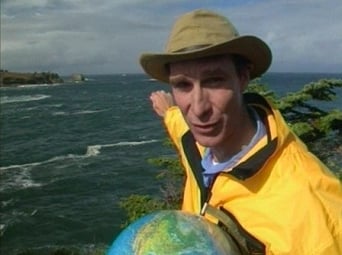
Ocean exploration is a tricky, risky business since humans can’t naturally survive under the ocean. Ocean explorers are constantly inventing new tools to help them dive deep into the sea. Over the last few hundred years or so, and especially in the last few decades, we humans have come up with all kinds of new ways to study the ocean. Even so, the ocean remains largely unexplored. It’s huge, cold, salty, and deep. Ocean exploration helps us understand our planet, and may help us solve the mystery of how life started on Earth.
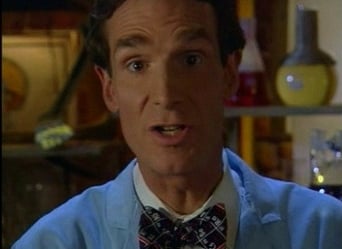
Atoms are reeeeally small. They are so small that you can’t see them with just your eye. It takes as many as 10 million of them side-by-side to measure a single millimeter. In fact, atoms are the smallest pieces of “stuff” that are still considered “stuff.” If you take something and break it into tiny pieces, and then break it into tinier pieces, and keep going, the smallest part you’d be left with (and still have the same substance that you started with) is an atom. Atoms are the building blocks of all matter. Everything is made of only 109 different kinds of atoms, called elements. 92 of these elements occur naturally, but the rest of them – ones like Technetium and Promethium have only been found in distant stars and Californium and Einsteinium – are only made in laboratories. A molecule is born any time two or more atoms combine together. English
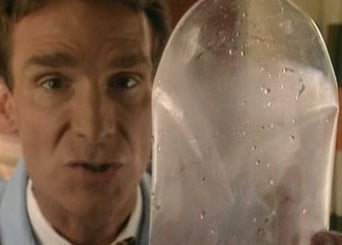
Do-it-yourself science involves a question, observations, a hypothesis, and experimentation. You have probably come up with questions after you noticed something unusual. For instance, why do fingers get all pruny and wrinkled when I sit in the tub? The observation – shriveled fingertips – is the first step. Do-it-yourself science requires an eye for details surrounding your observations. Collecting related information helps you get to the next step, what scientists call a hypothesis, or “educated” guess. After weighing all the evidence, you hypothesize that your fingers get pruny because of the hot water in the tub. Once you have a hypothesis, it’s time for the fun part – testing it out.
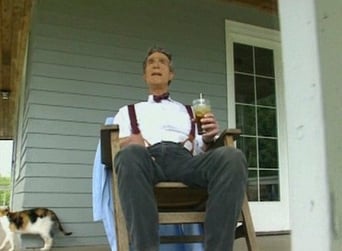
My, how you’ve grown! The popular exclamation from your Auntie may be no great revelation, but growing bigger is a part of life. In fact, it’s part of the whole cycle, or pattern, of human life that began with your birth. The different stages in life are called life cycles. Humans aren’t the only ones with life cycles. At first, you might think that you have nothing in common with a cactus in the desert, or a fish in the sea, or the mold in your gym shoe, but you do. You’re all alive. You all have or will experience birth, growth, reproduction, aging, and eventually, death.
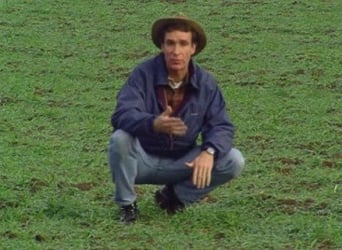
Before food gets into your kitchen, before it even gets to the store, it’s on a farm. Almost everything we eat is grown on a farm, an area of land used to raise animals and plants. Farming nowadays can get pretty complicated. Farmers are scientists – agricultural scientists. Farmers work hard to keep their farms healthy. Soil is stirred up to get oxygen to the microorganisms that live in between the grains and to plant roots – that’s called tilling the soil to aerate it. Plants need to be protected from pests with either chemical pesticides or biological pesticides. Animals like bats and friendly insects eat other pest insects (chomp,chomp). Animals are milked, corralled, fed, sheared, slaughtered or cleaned-up after.
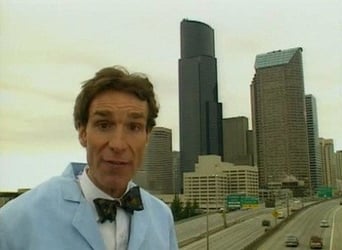
Towers, teepees, castles, and condominiums – some kind of planning goes into all buildings, no matter how big or small. Architects are people who design buildings, and the areas around buildings. Usually architects draw on a computer or a big desk (a drawing board). The plans show the dimensions of all parts of a building. Architects try to design with the purpose of the building in mind, but even buildings used for the same thing can look very different.
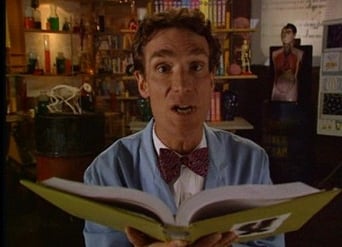
The color of your eyes, the shape of your nose, and the straightness (or curliness) of your hair depend on your genes. Not jeans the pants, but genes, the long strands of chemicals in your cells. Genes are like a blueprint for your body, and your cells follow the blueprint to build you. All living things have genes in their cells. You get your genes from your parents – half from your mom and half from your dad. Your parents got their genes from their parents, your grandparents. Living things pass down their genes from generation to generation. Genes from a mother’s egg cell mix with genes from a father’s sperm cell to make a complete set of plans for a baby. Baby humans, baby dogs, and baby plants all grow up to look like their parents because of genes.
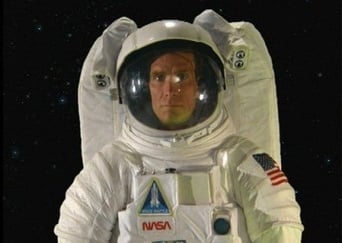
Space is hard to explore, because it’s really, really big. Most things in space are so far away that people we build special equipment just to see them. We use telescopes to magnify far-away solar systems, planets, and stars. Rockets send astronauts past the Earth’s atmosphere. Space probes with special cameras send back pictures of planets for scientists to study. Astronauts perform experiments in orbit around the Earth. We do all these things and more to learn more about our universe.
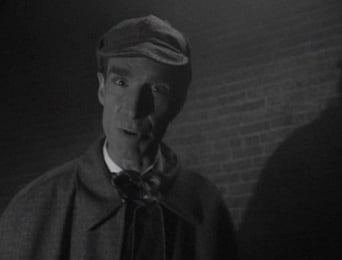
Forensic scientists try to find out the who, what, when, where, and why of events in the past – crimes. Most forensic scientists work in police labs. They collect evidence from the scene of a crime and analyze the evidence in a lab. Forensic scientists look for clues that will help them solve a crime. Fingerprints, footprints, hair, blood, and traces of gunpowder can be helpful evidence. Forensic scientists use all sorts of scientific instruments to analyze even the smallest bit of hair or the tiniest chip of paint. By scientifically testing evidence from the crime scene, and by knowing about evidence from past cases, forensic scientists can piece together what happened, to figure out who did what, and to help police catch a criminal.
It's "Mr. Wizard" for a different decade. Bill Nye is the Science Guy, a host who's hooked on experimenting and explaining. Picking one topic per show (like the human heart or electricity), Nye gets creative with teaching kids and adults alike the nuances of science.
The tv show is currently not available onine